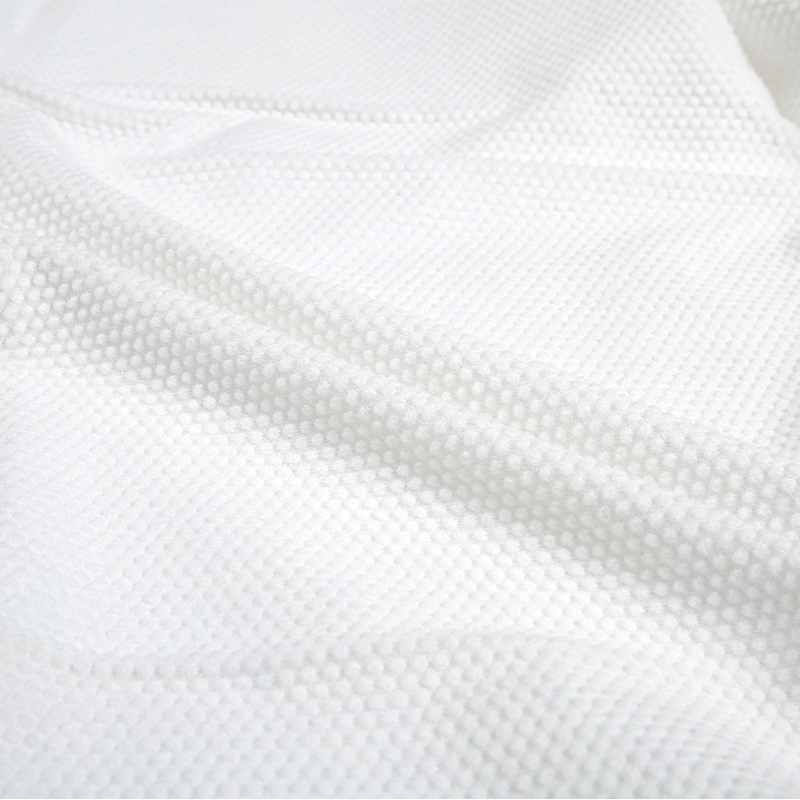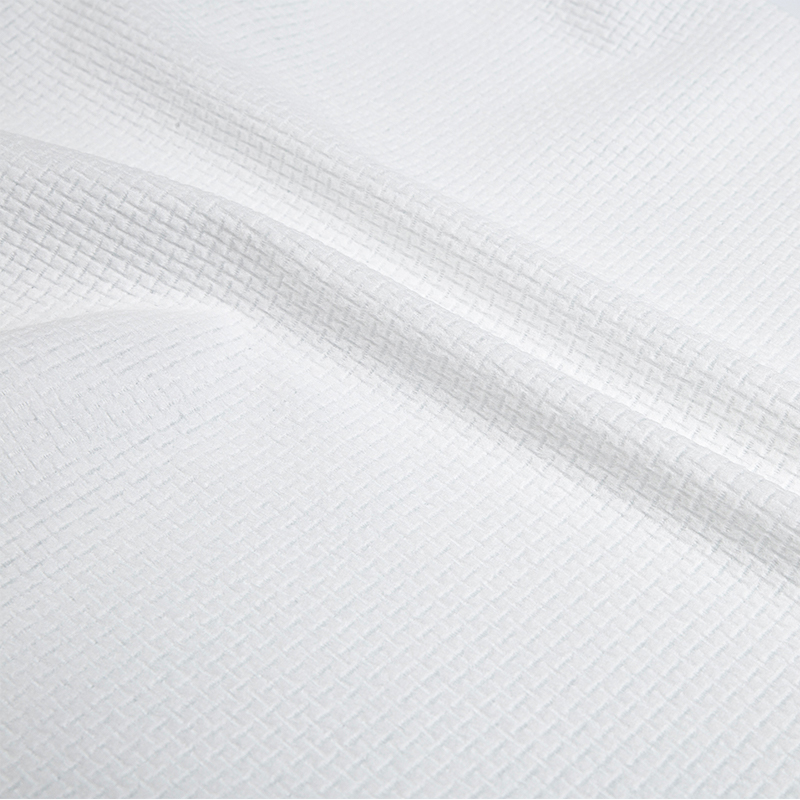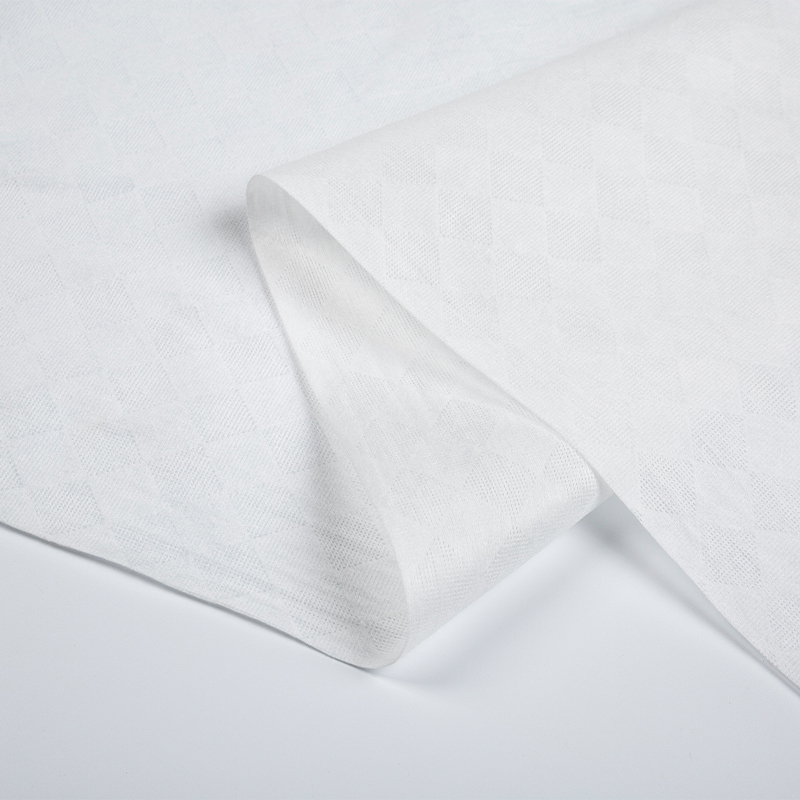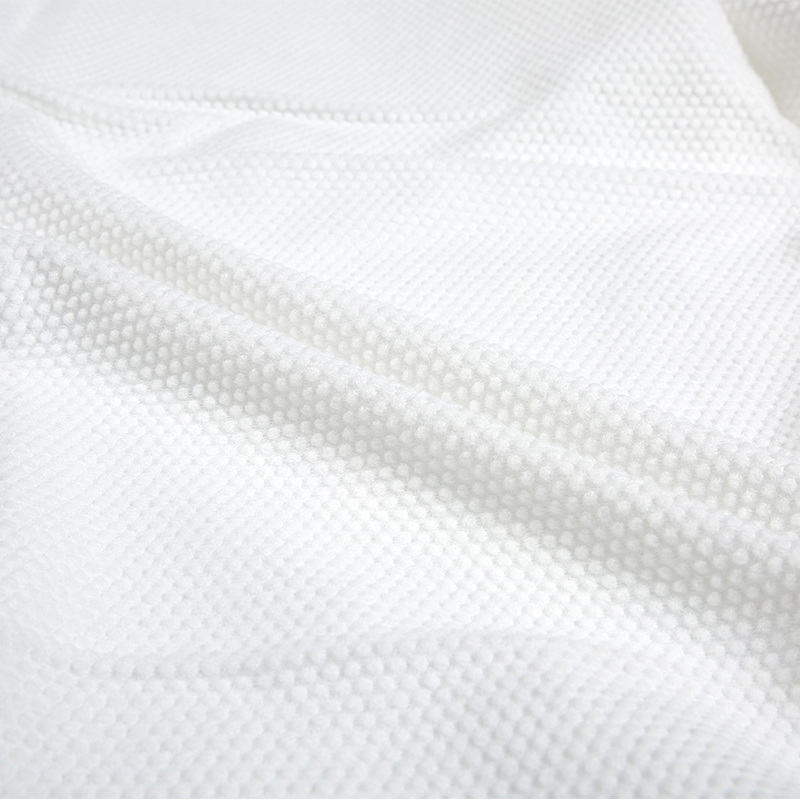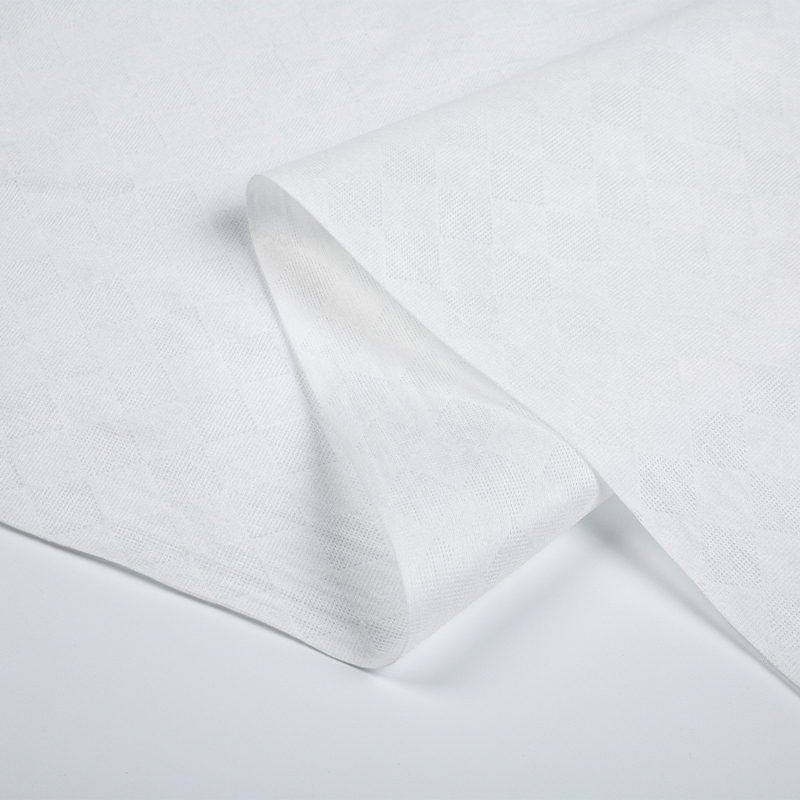Founded in 2022, Hangzhou Shunlong Nonwovens Technology Co., Ltd. is a professional China nonwoven fabric manufacturer and non-woven raw material factory
In the agricultural field, the use of covering materials is of great significance for regulating the soil environment and increasing crop yields. In recent years, with the advancement of materials science and the innovation of agricultural technology, Spunlace Nonwoven Fabric, as a new type of covering material, is gradually playing an important role in agricultural production.
1. Application of Spunlace Nonwoven Fabric as Agricultural Covering Material
Spunlace Nonwoven Fabric is a non-woven fabric formed by interweaving fiber bundles together through high-pressure water flow. It has the characteristics of tight fiber mesh structure, high strength, good air permeability and strong weather resistance. These characteristics make it an ideal choice for agricultural covering materials.
Soil temperature and humidity regulation: Spunlace Nonwoven Fabric can effectively regulate the temperature and humidity of the soil. In cold seasons, it can reduce the loss of soil heat, increase soil temperature, and is conducive to the growth of crop roots; in hot seasons, it can block direct sunlight, reduce soil temperature, and reduce the evaporation of soil moisture to maintain soil moisture.
Suppress weed growth: Due to the density of Spunlace Nonwoven Fabric, it can effectively block sunlight penetration, thereby inhibiting the growth of weeds. This reduces the use of pesticides, reduces agricultural production costs, and is also conducive to the healthy growth of crops.
Improve soil fertility: The soil covered by Spunlace Nonwoven Fabric can better retain nutrients in the soil due to the reduction of direct rainwater erosion and evaporation. In addition, the covering material can also reduce soil erosion and protect the soil structure, thereby improving the fertility and production capacity of the soil.
2. The potential of Spunlace Nonwoven Fabric to increase crop yields
Promote crop growth: By regulating soil temperature and humidity and inhibiting weed growth, Spunlace Nonwoven Fabric provides a more suitable growth environment for crops. This is conducive to the root development and nutrient absorption of crops, thereby promoting the growth and development of crops.
Improve crop stress resistance: Under harsh climatic conditions such as drought, high temperature, low temperature, etc., Spunlace Nonwoven Fabric can protect soil and crops and reduce the damage to crops by the external environment. This improves the stress resistance of crops and increases the yield and quality of crops.
Optimize agricultural production management: Using Spunlace Nonwoven Fabric as a covering material can simplify the agricultural production management process. For example, by reducing the number of weeding and fertilization, the cost of agricultural production can be reduced; at the same time, the covering material can also be used as a reference to indicate the growth status of crops, helping farmers to better grasp the rhythm of agricultural production.
III. Conclusion
Spunlace Nonwoven Fabric, as a new type of agricultural covering material, has many advantages. It can not only regulate soil temperature and humidity, inhibit weed growth, and improve soil fertility, but also promote crop growth, improve crop resistance, and optimize agricultural production management. Therefore, Spunlace Nonwoven Fabric has great potential in increasing crop yields. With the continuous advancement of agricultural technology and the deepening of farmers' understanding of new covering materials, it is believed that Spunlace Nonwoven Fabric will play a more important role in agricultural production.
In the future, with the further development of materials science and the continuous innovation of agricultural technology, we look forward to seeing the emergence of more new agricultural covering materials based on Spunlace Nonwoven Fabric, bringing more surprises and benefits to agricultural production.
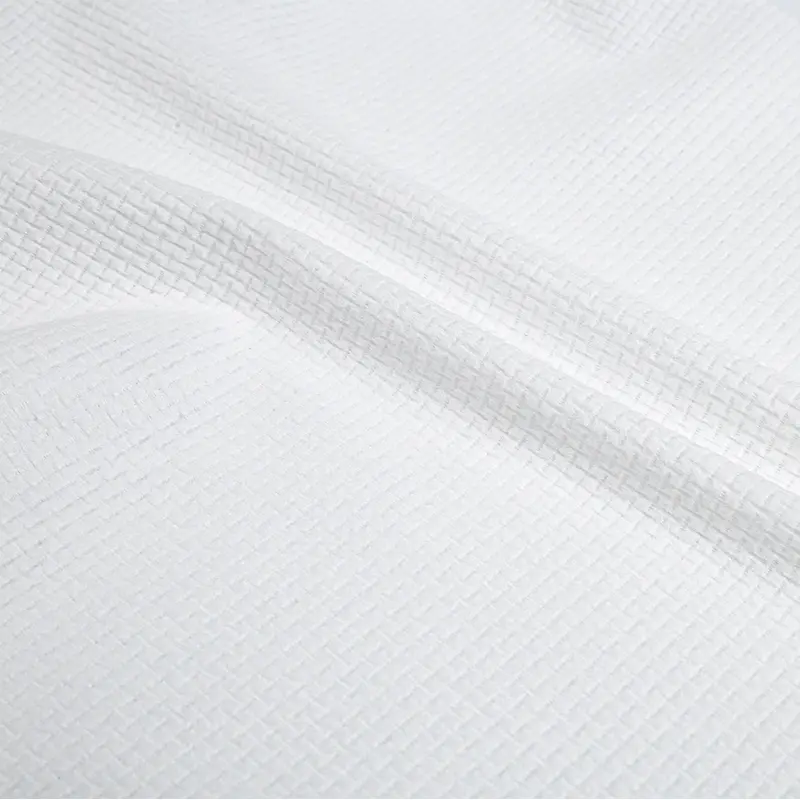

 English
English 日本語
日本語 русский
русский Español
Español